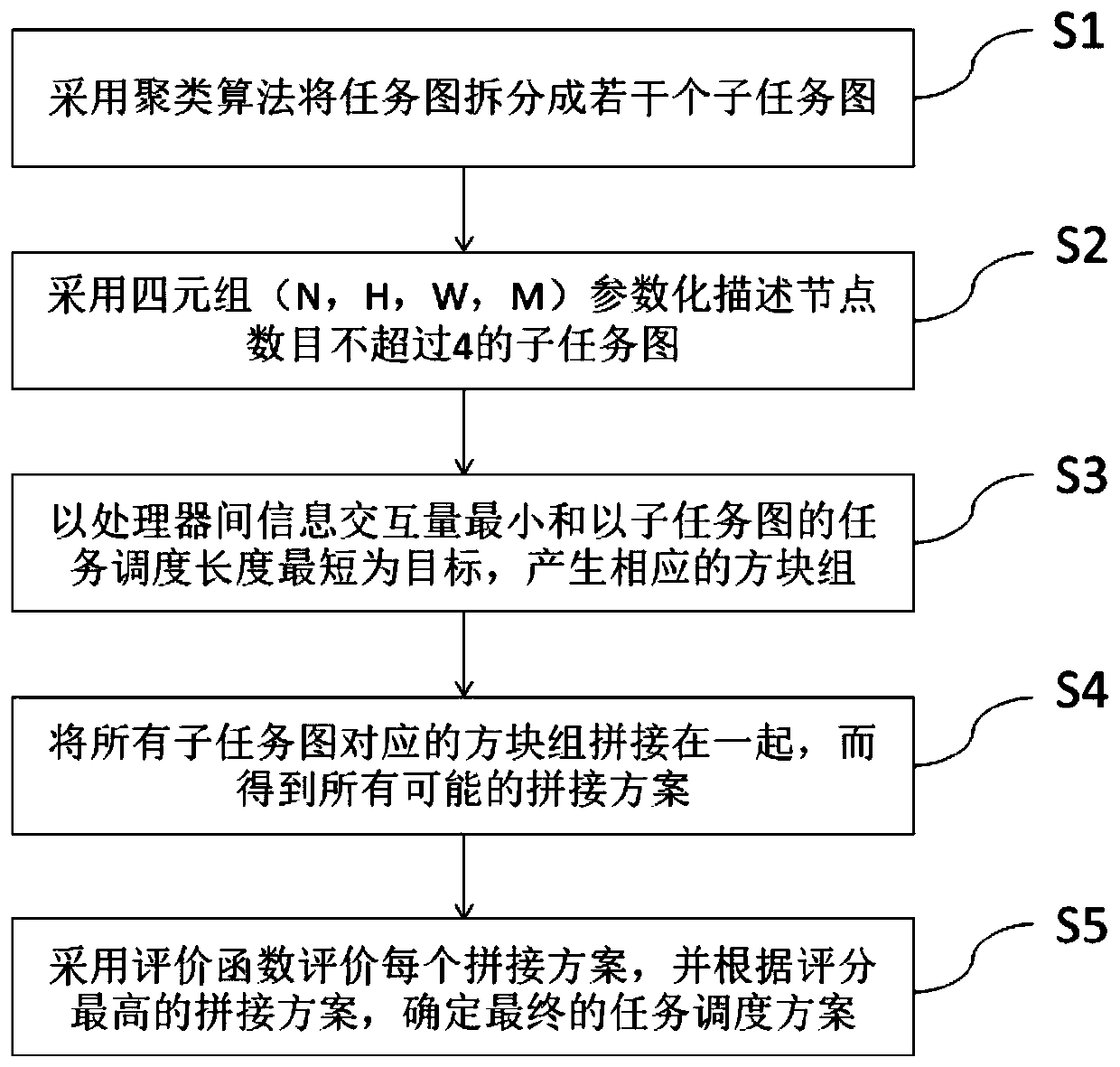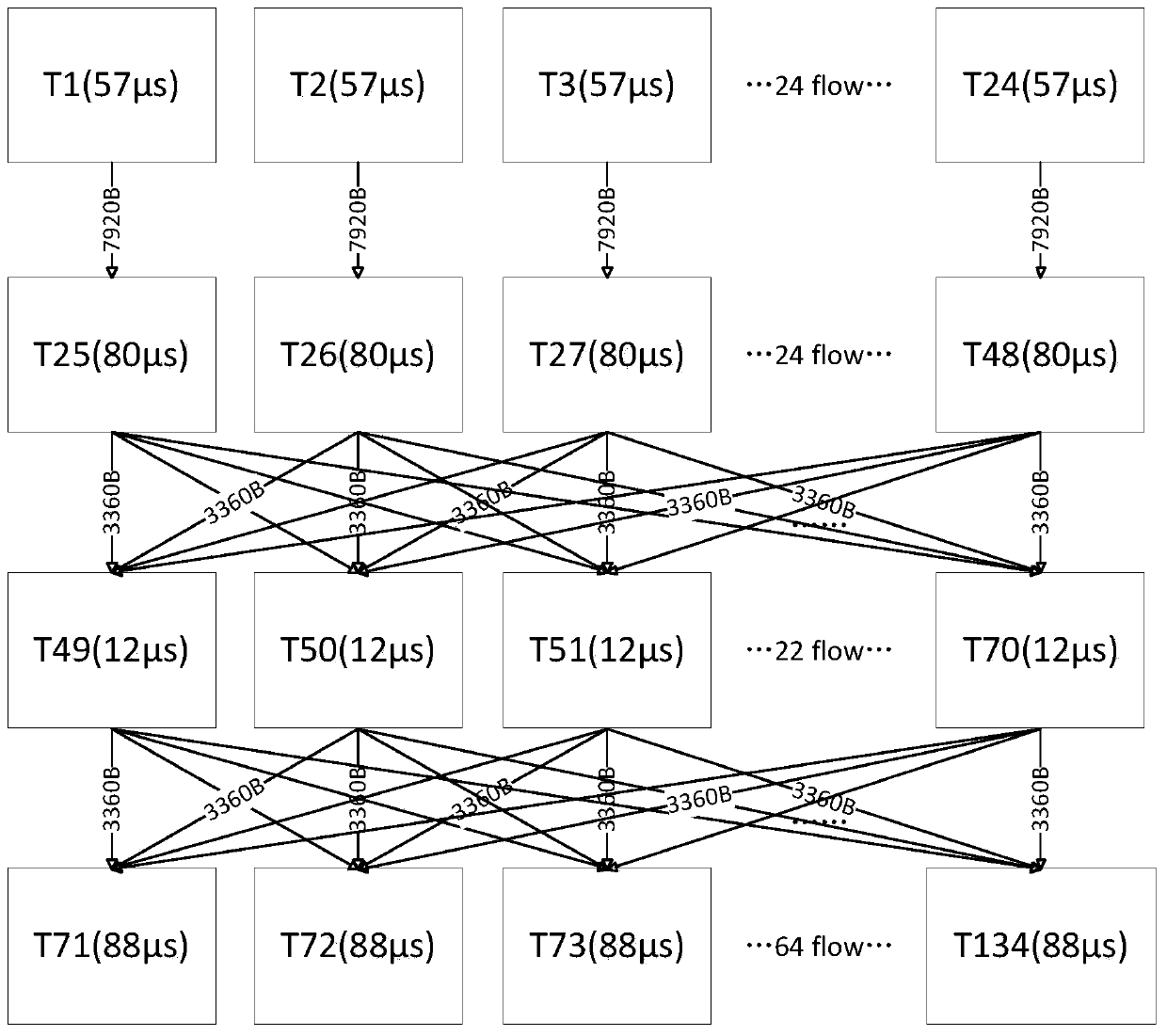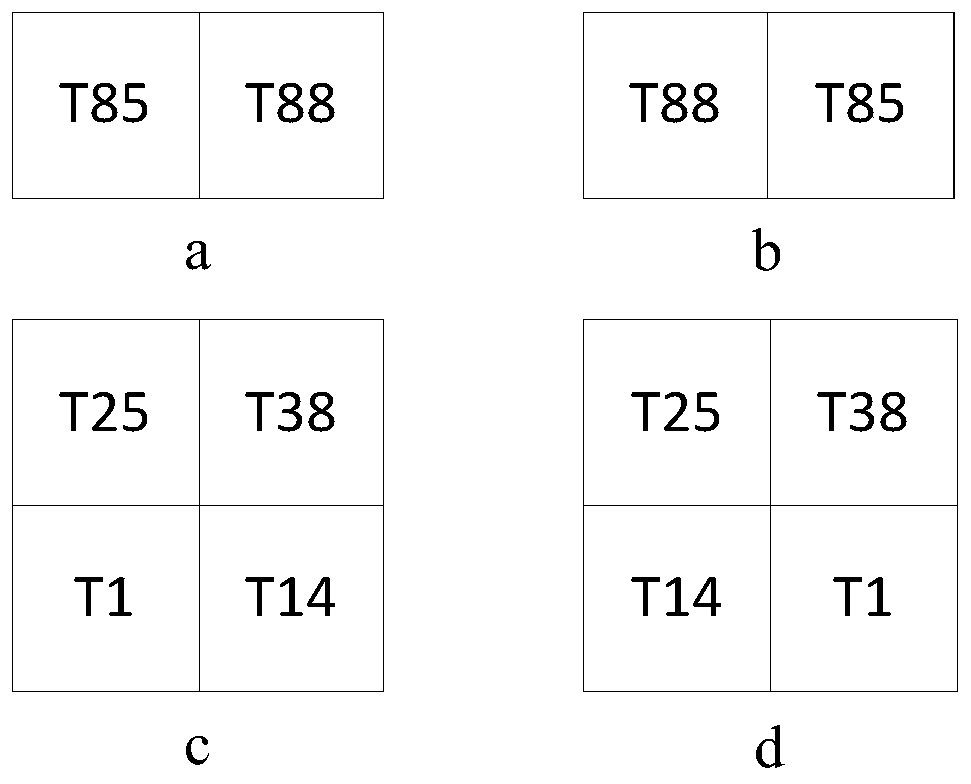A task scheduling method based on block mosaic
A task scheduling and block technology, applied in multi-programming devices, program control design, instruments, etc., can solve the problems of not making full use of multi-core platforms, taking a long time, and scheduling too long, so as to reduce the total task scheduling length, The effect of reducing the amount of information interaction and reducing the amount of information interaction
- Summary
- Abstract
- Description
- Claims
- Application Information
AI Technical Summary
Problems solved by technology
Method used
Image
Examples
Embodiment Construction
[0027] The present invention will be further described in detail below in conjunction with test examples and specific embodiments. However, it should not be understood that the scope of the above subject matter of the present invention is limited to the following embodiments, and all technologies realized based on the content of the present invention belong to the scope of the present invention.
[0028] combine figure 1 The flowchart of the shown method of the present invention; The task scheduling method of the present invention based on block mosaic, it comprises the following steps,
[0029] Step 1: Obtain the task graph to be processed, and divide the task graph into several sub-task graphs by using a clustering algorithm.
[0030] Specifically, if the number of nodes in the divided subtask graph exceeds 4, continue to use the clustering algorithm to divide the subtask graph with more than 4 nodes until the number of nodes in all subtask graphs does not exceed 4.
[003...
PUM
 Login to View More
Login to View More Abstract
Description
Claims
Application Information
 Login to View More
Login to View More - R&D
- Intellectual Property
- Life Sciences
- Materials
- Tech Scout
- Unparalleled Data Quality
- Higher Quality Content
- 60% Fewer Hallucinations
Browse by: Latest US Patents, China's latest patents, Technical Efficacy Thesaurus, Application Domain, Technology Topic, Popular Technical Reports.
© 2025 PatSnap. All rights reserved.Legal|Privacy policy|Modern Slavery Act Transparency Statement|Sitemap|About US| Contact US: help@patsnap.com



